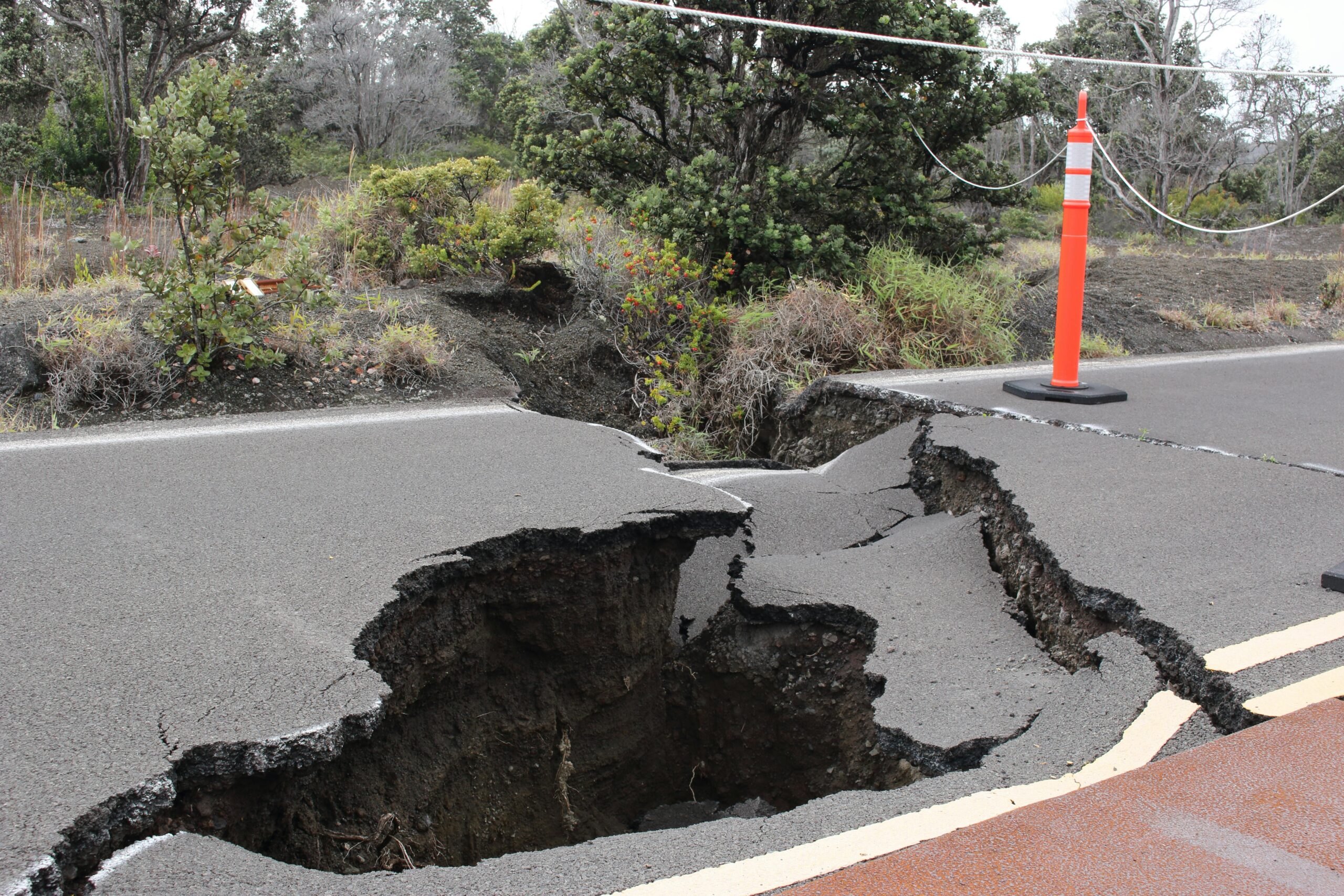Earthquakes strike without warning, leaving wide-ranging destruction in their wake. Preparation is the
key to minimizing risk and protecting your loved ones from this unseen and unpredictable threat. Here are some essential tips for ensuring your safety before, during, and after an earthquake.
Understanding Earthquakes
Earthquakes occur when tectonic plates shift along the earth’s surface, releasing energy in the form of seismic waves that can cause the ground to shake. As extreme as that sounds, earthquakes occur quite frequently and are often weak enough to go unnoticed. In 2023 alone, the U.S. recorded 89,707 earthquakes across the country (Volcano Discovery). Earthquakes are most prevalent in the West (specifically California, Nevada, Washington, Wyoming, Idaho, Montana, and Utah), as well as Alaska and Hawaii due to their prime location atop major fault lines. However, no region in the U.S. is entirely immune from quakes, as is evidenced by the recent earthquake that startled the East Coast in April 2024.
The extent of destruction caused by an earthquake depends on its magnitude, intensity, and duration (World Health Organization). While small earthquakes are undisruptive, their larger counterparts can cause severe damage including broken objects, building fractures and collapses, gas leaks and soil liquefaction. In extreme cases, earthquakes can bring about the secondary effects of landslides, avalanches, and tsunamis. Earthquakes are especially treacherous because we cannot predict when they will happen, but we can prepare for them.
Earthquake Preparation
Damage from an extreme earthquake event has the potential to cut off your home from access to electricity, water, and roads for several days. According to Ready.gov, here are the best ways to ensure you and your household can be self-sufficient in the face of disruptive earthquake damage:
- Create an Emergency Plan: Designate a meeting spot and ensure everyone in your household knows what to do in the event of an earthquake. It can be helpful to compile a list of important contacts to have ready when you need.
- Prepare an Emergency Kit: Assemble a kit that includes water (one gallon per person for at least three days), non-perishable food, flashlights, batteries, first aid supplies, dust masks, and personal sanitation items.
- Secure Your Home: Secure household items by anchoring heavy furniture (such as bookshelves and cabinets) to the walls. Store flammable liquids away from heat sources to avoid damage from potential gas Additionally, make sure you know how to turn off your gas, electricity, and water if necessary.
- Practice: Conduct earthquake drills at home to ensure everyone knows what to do during a seismic event. Be sure to teach household members the “Drop, Cover, and Hold On”
What to do During an Earthquake
Here are a few practices recommended by the United States Geological Survey to maximize your safety
during an active earthquake:
- If You’re Indoors: When you experience intense shaking, take shelter underneath a sturdy table or desk to protect yourself from falling debris. According to the USGS, it is safer to stay indoors and avoid running outside during the shaking, as most injuries occur when people are trying to escape.
- If You’re Outdoors: Move to an open area away from buildings, trees, streetlights, and utility wires to avoid being hit by falling objects. Stay there until the shaking stops and it appears safe to move.
- If You’re in a Vehicle: Pull over to a clear area, stop, and stay inside the vehicle until the shaking passes. Be sure to avoid stopping under overpasses or near tall buildings and hillsides with loose rocks.
The Aftershock: Immediate Steps After an Earthquake
The American Red Cross has outlined tips for how to proceed right after an earthquake, including:
- Check for Injuries: Ensure that your family members are safe and administer first aid to anyone injured.
- Inspect Your Home: Look for structural damage to your home and check for gas leaks. If you suspect a gas leak, turn off the gas and evacuate the immediate area.
- Stay Informed: Listen to emergency services and local news for updates on aftershocks and safety measures.
- Document Damage: Once it is safe to do so, document any damage to your home with photos and notes. This information will be valuable when filing insurance claims.
The Road to Recovery
While no one can prevent an earthquake from happening, having the right combination of insurance can offer unshakeable peace of mind. Having supplemental disaster insurance like Recoop Disaster Insurance can help you recover from damages and put you on the right footing to rebuild life after an earthquake. After a serious earthquake, Recoop can offer crucial support with up to $25,000 in
lightning-fast recovery cash that can go towards covering medical expenses, temporary housing, repairs and insurance deductibles.
Preparation and education are the best armor one can have against looming earthquakes. By following these tips, you can reduce risks and safeguard your home and loved ones. As with any natural disaster, it’s always better to be prepared than to be caught off guard.
For more information about Recoop Disaster Insurance, visit https://www.recoopinsurance.com/

